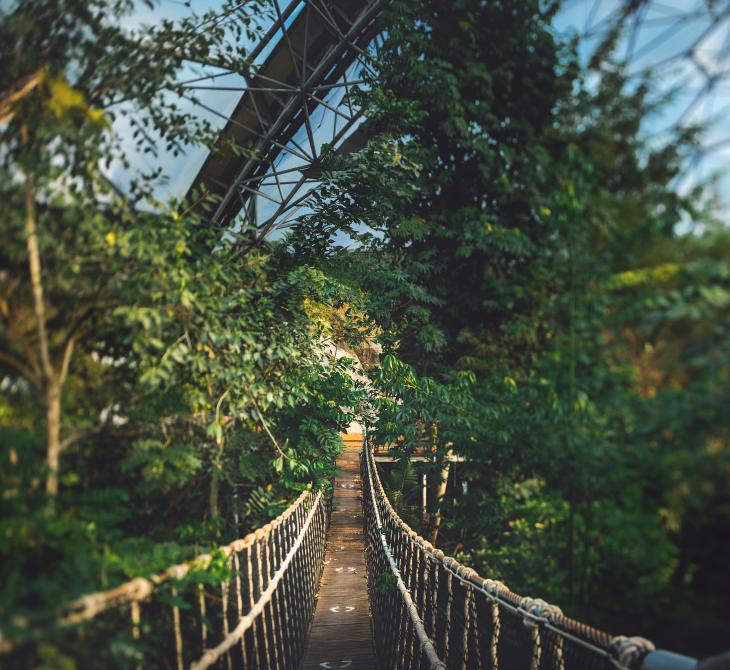The Invisible Rainforest for schools
With the help of augmented reality, 360° camera views, live data and infographics, explore our Rainforest like never before.
We’re closed some weekdays until 12 February, for essential maintenance. Check our opening times before booking.
The Invisible Rainforest

Some animals can see parts of this invisible world… it’s essential for their survival.
Mosquitos sense heat and carbon dioxide (CO₂), helping them track their food: warm-blooded animals – including us. Bats hear ultrasound and navigate in the dark using echolocation. Bees can see ultraviolet (UV) light. UV patterns on flowers guide them to their food.
Imagine if we could view the world the way other animals do. Would we better understand the vital connections between plants and animals? Would we be more driven to protect them?





